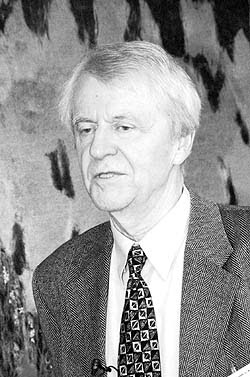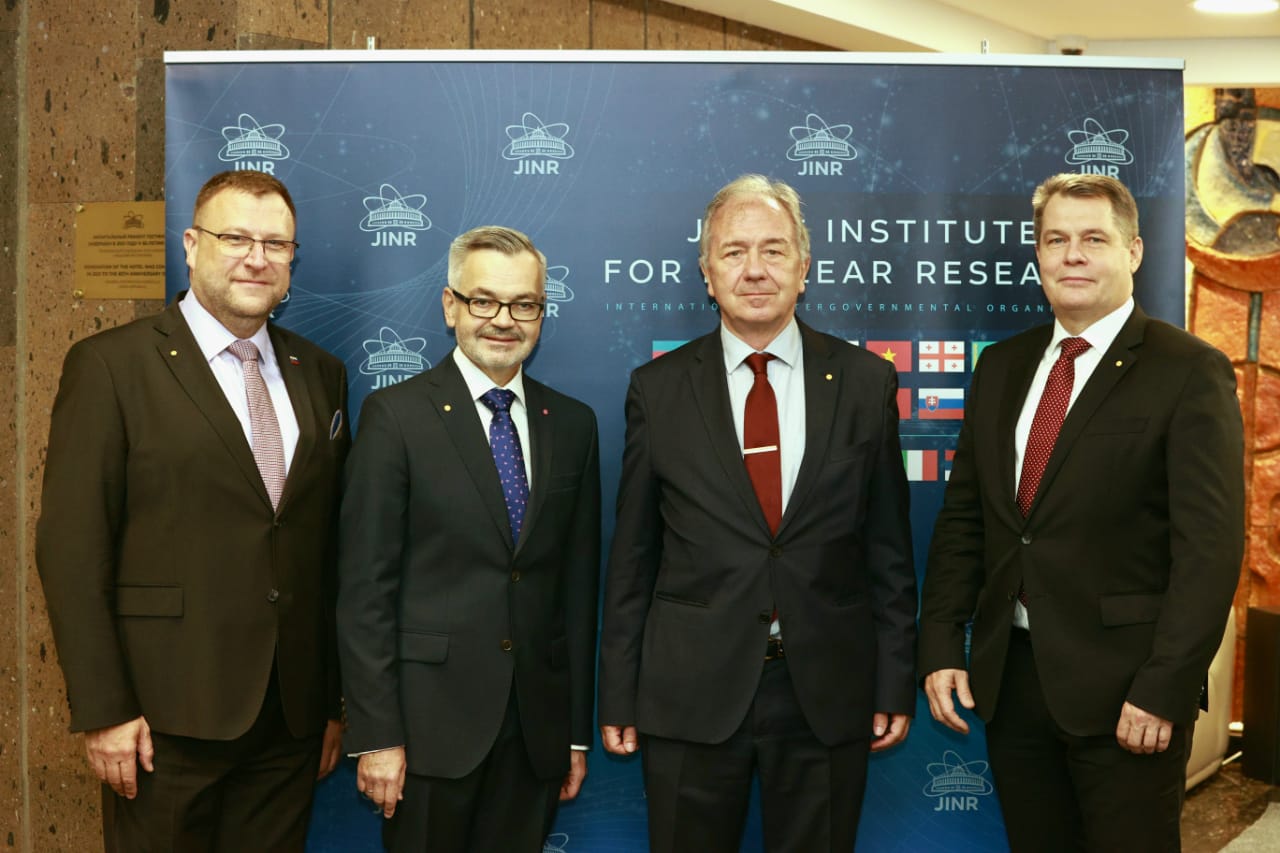Search for a W boson decaying to a vector-like quark and a top or bottom quark in the all-jets final state
Author
| Sirunyan A.M. | Yerevan Physics Institute, Armenia |
| Finger Miroslav, prof. Ing. DrSc. | Faculty of Mathematics and Physics, Charles University in Prague |
| Finger Michael, M.Sc. CSc. | Faculty of Mathematics and Physics, Charles University in Prague, JINR Dubna |
| Matveev V.A. | JINR |
| et al. | different institutions |
Year
2019
Scientific journal
JOURNAL OF HIGH ENERGY PHYSICS 3 127
Web
Abstract
A search for a heavy W resonance decaying to one B or T vector-like quark and a top or bottom quark, respectively, is presented. The search uses proton-proton collision data collected in 2016 with the CMS detector at the LHC, corresponding to an integrated luminosity of 35.9 fb(-1) at 13 TeV. Both decay channels result in a final state with a top quark, a Higgs boson, and a b quark, each produced with significant energy. The all-hadronic decays of both the Higgs boson and the top quark are considered. The final-state jets, some of which correspond to merged decay products of a boosted top quark and a Higgs boson, are selected using jet substructure techniques, which help to suppress standard model backgrounds. A W boson signal would appear as a narrow peak in the invariant mass distribution of these jets. No significant deviation in data with respect to the standard model background predictions is observed. Cross section upper limits on W boson production in the top quark, Higgs boson, and b quark decay mode are set as a function of the W mass, for several vector-like quark mass hypotheses. These are the first limits for W boson production in this decay channel, and cover a range of 0.01 to 0.43 pb in the W mass range between 1.5 and 4.0 TeV.
Cite article as:
A. Sirunyan, M. Finger, M. Finger, V. Matveev, . et al., "
Search for a W boson decaying to a vector-like quark and a top or bottom quark in the all-jets final state ", JOURNAL OF HIGH ENERGY PHYSICS 3 127 (2019)


 MINISTR ŠKOLSTVÍ KE SPOLUPRÁCI ČR S SÚJV
MINISTR ŠKOLSTVÍ KE SPOLUPRÁCI ČR S SÚJV INTEREST JINR, Wave 6
INTEREST JINR, Wave 6 The passing of Ivo Zvára
The passing of Ivo Zvára Call for the projects solved in collaboration with JINR (Projects 3+3)
Call for the projects solved in collaboration with JINR (Projects 3+3)  Call for the Grants of the Plenipotentiary of the Government of the Czech Republic in JINR
Call for the Grants of the Plenipotentiary of the Government of the Czech Republic in JINR Czech Ambassador in Russia visited JINR
Czech Ambassador in Russia visited JINR INTEREST JINR, Wave 5
INTEREST JINR, Wave 5 Russia Visa Centre
Russia Visa Centre Working Stays CR - JINR 2022
Working Stays CR - JINR 2022